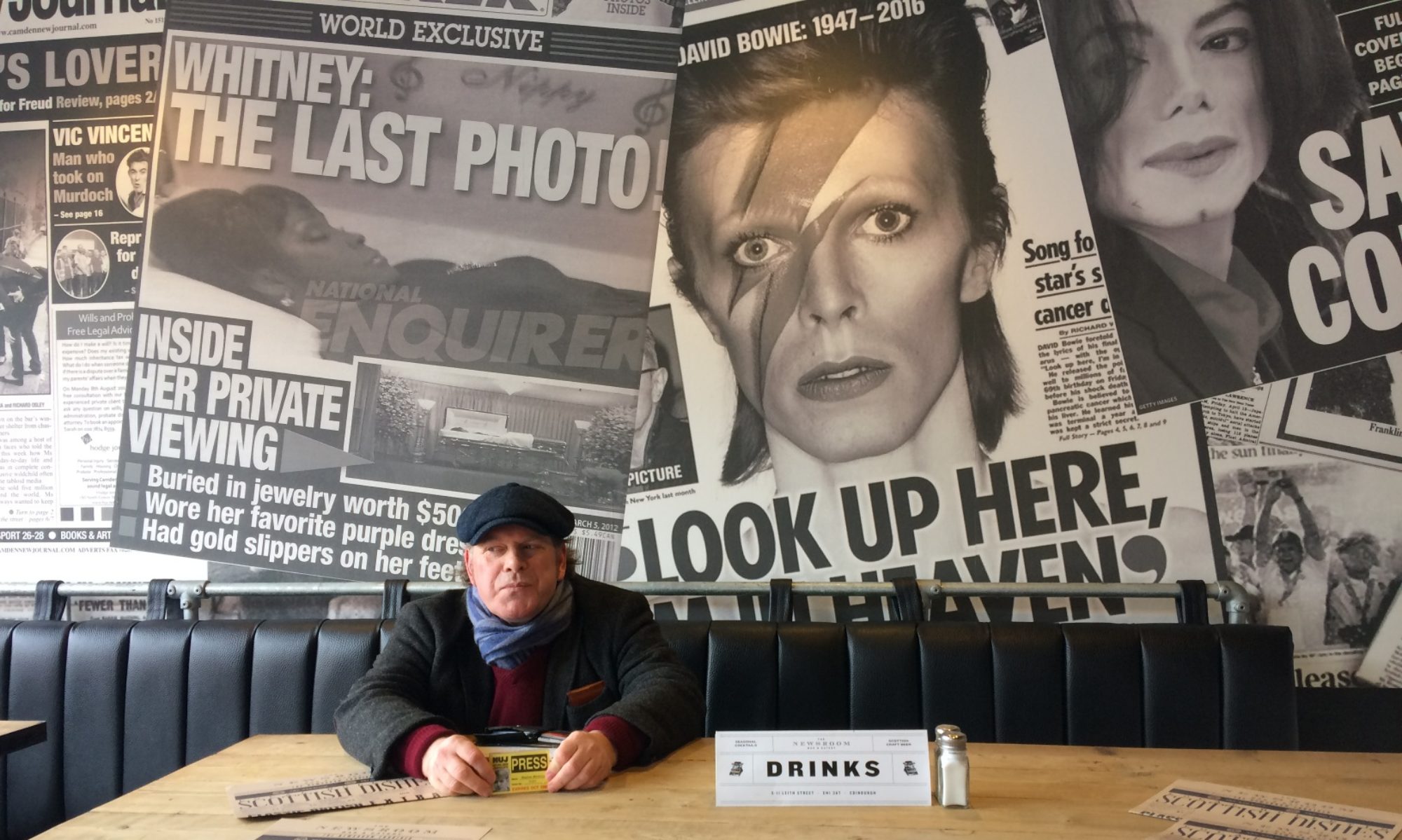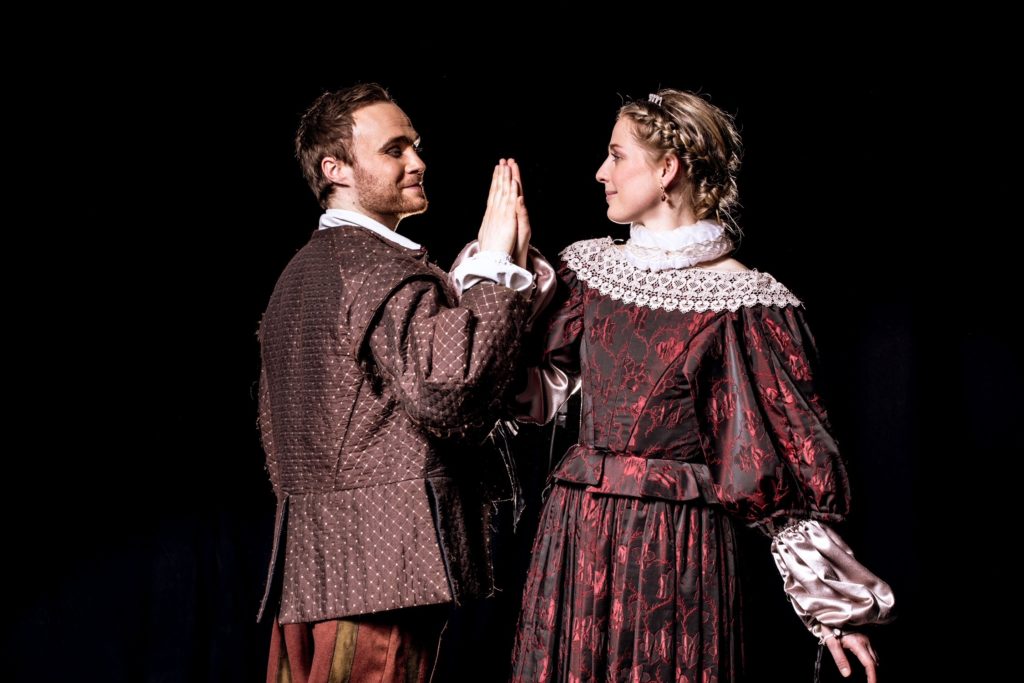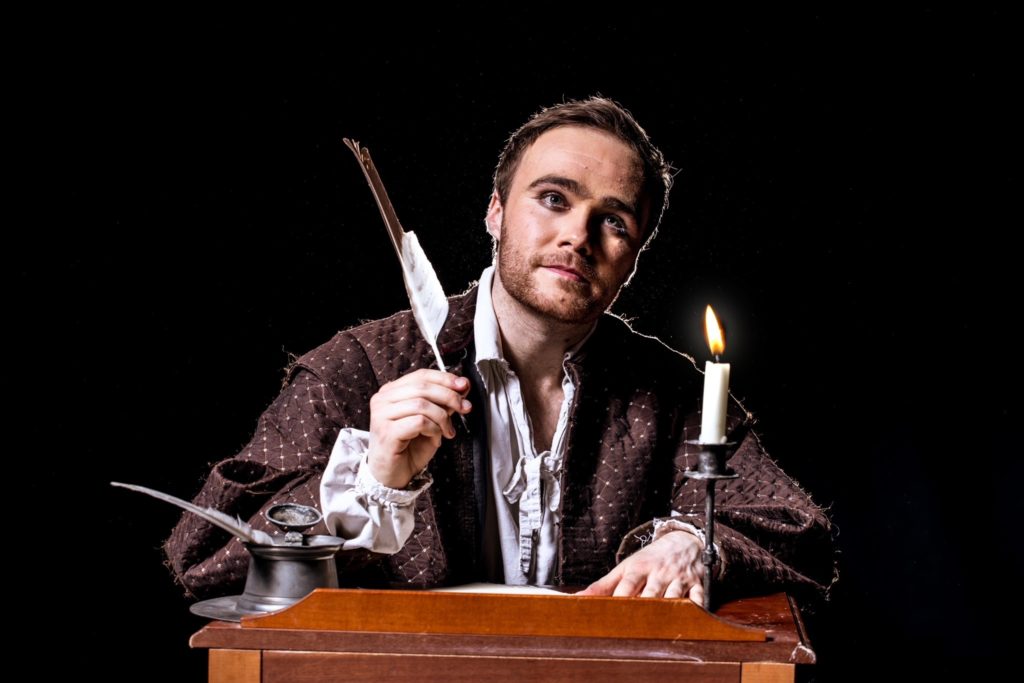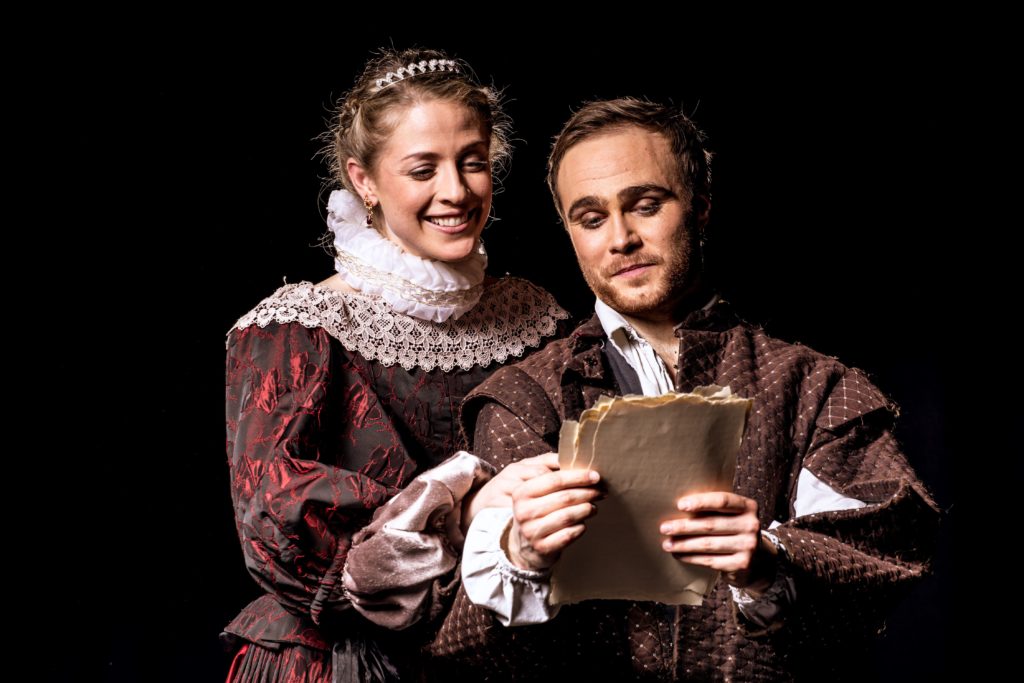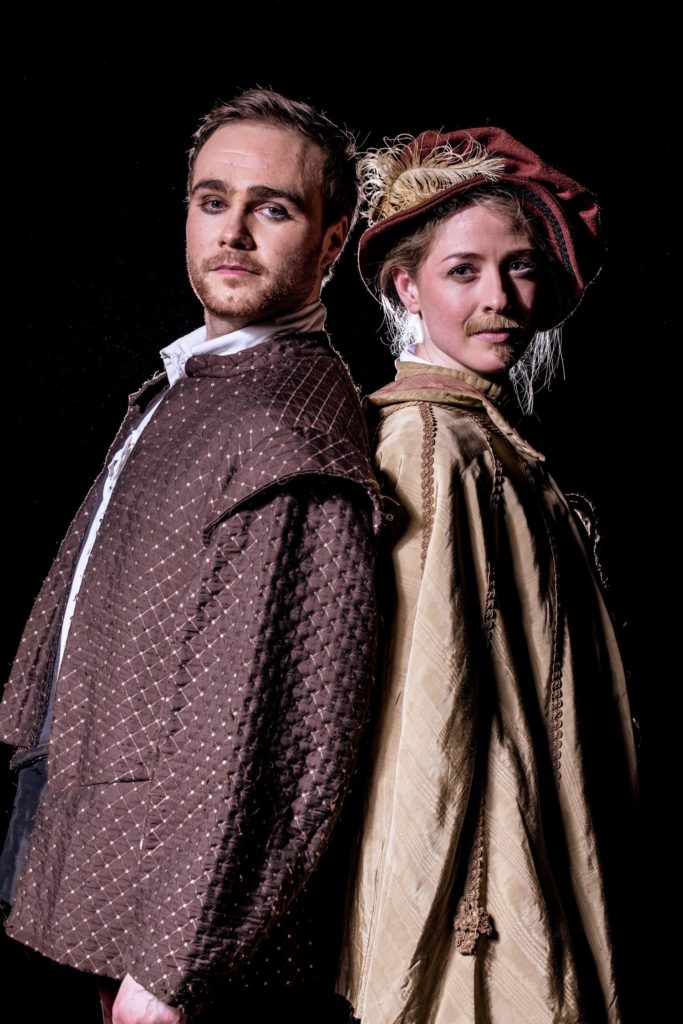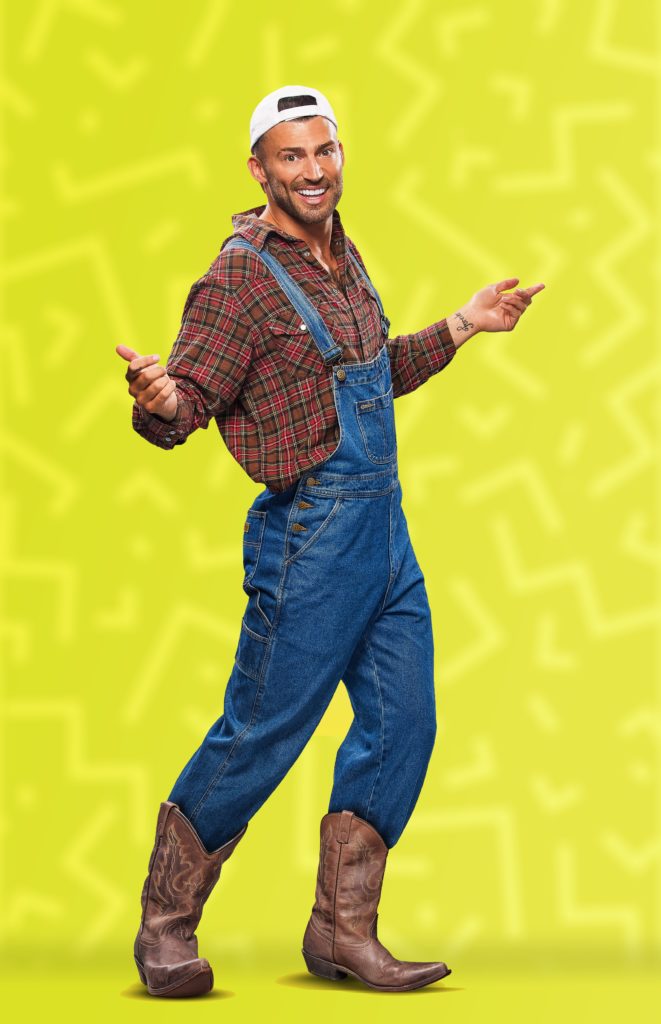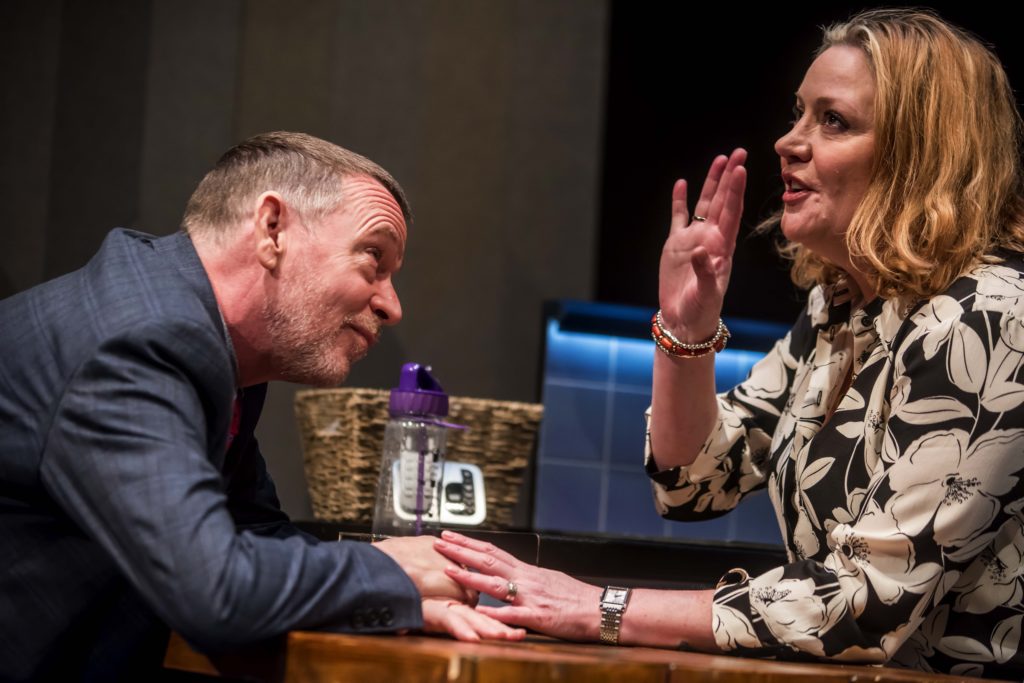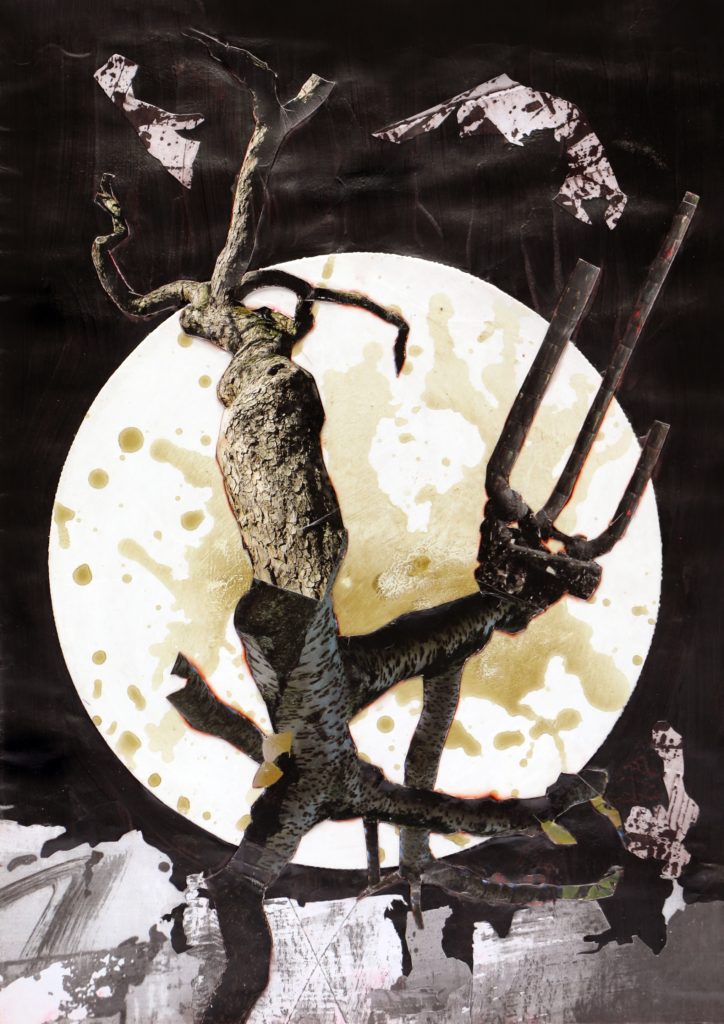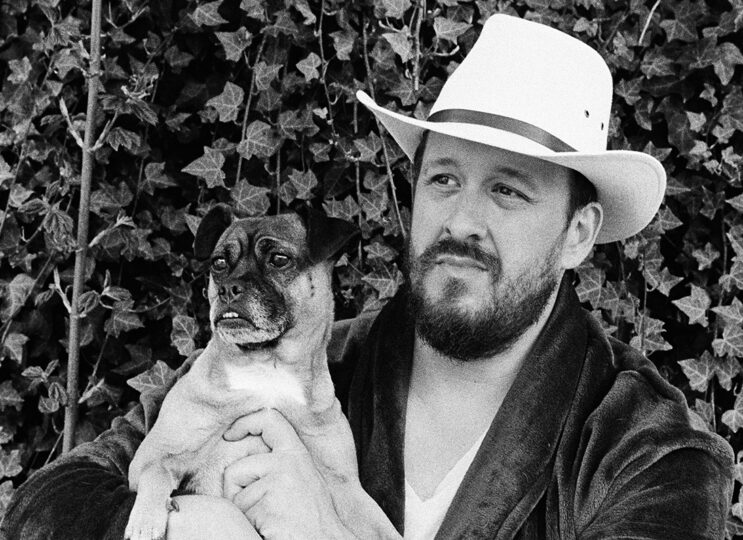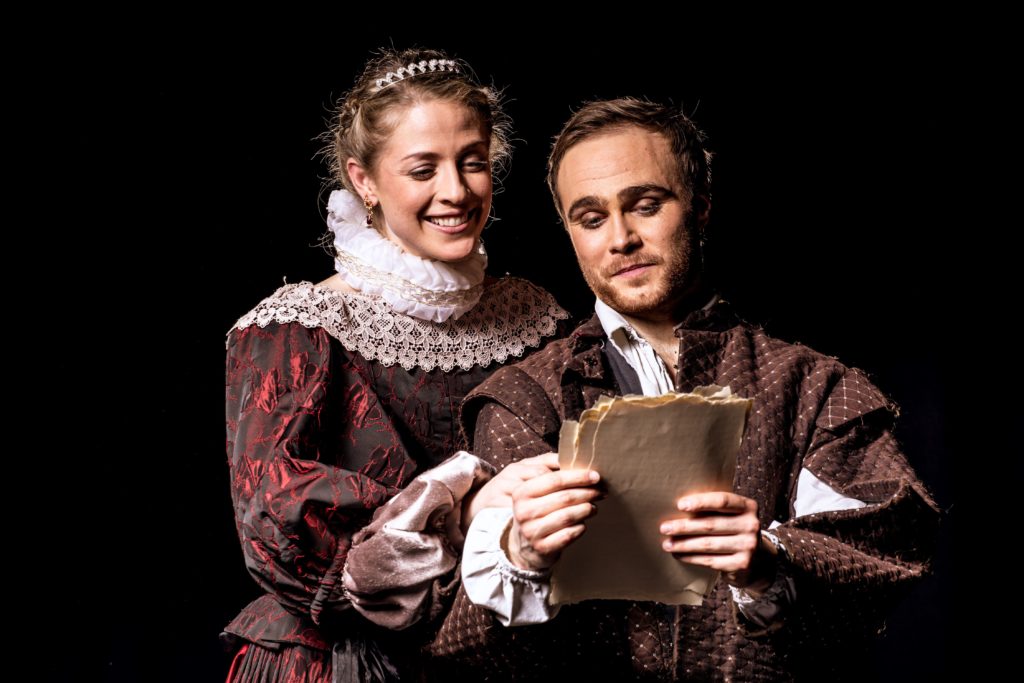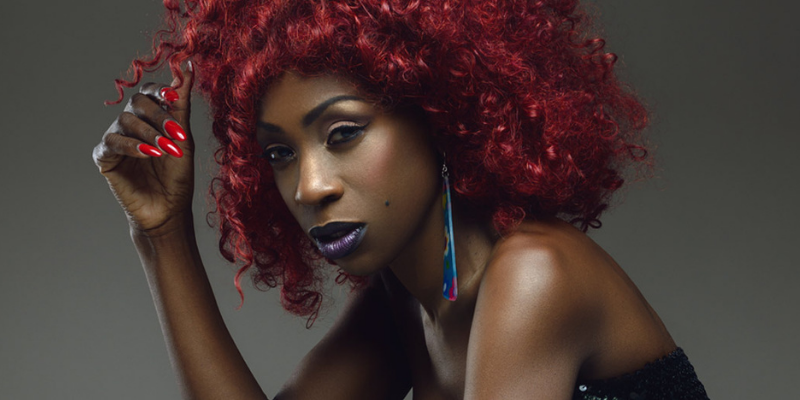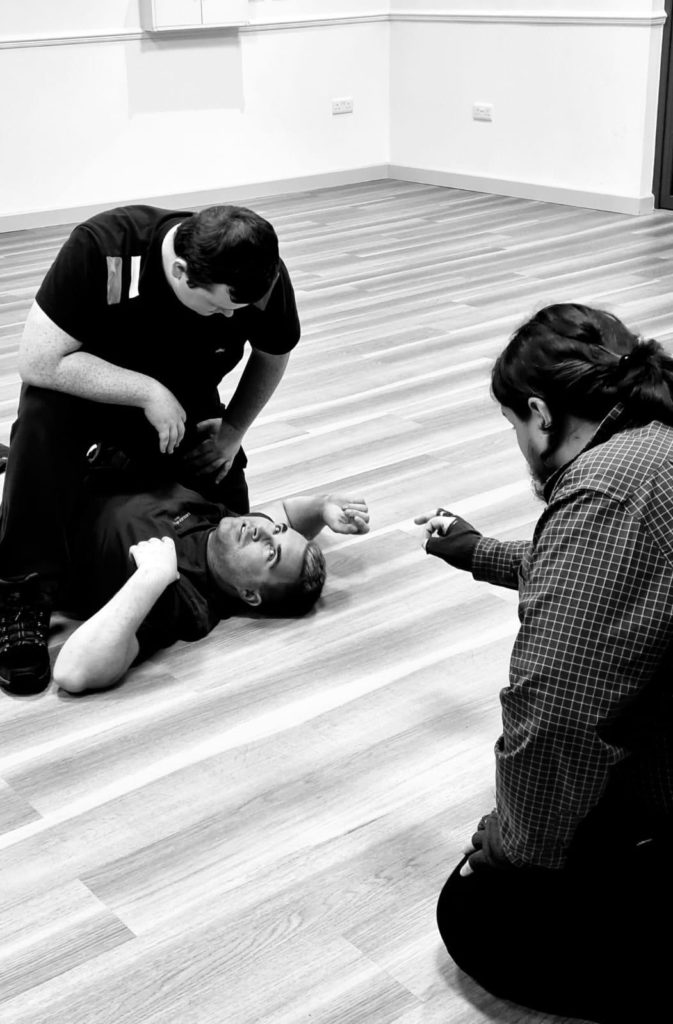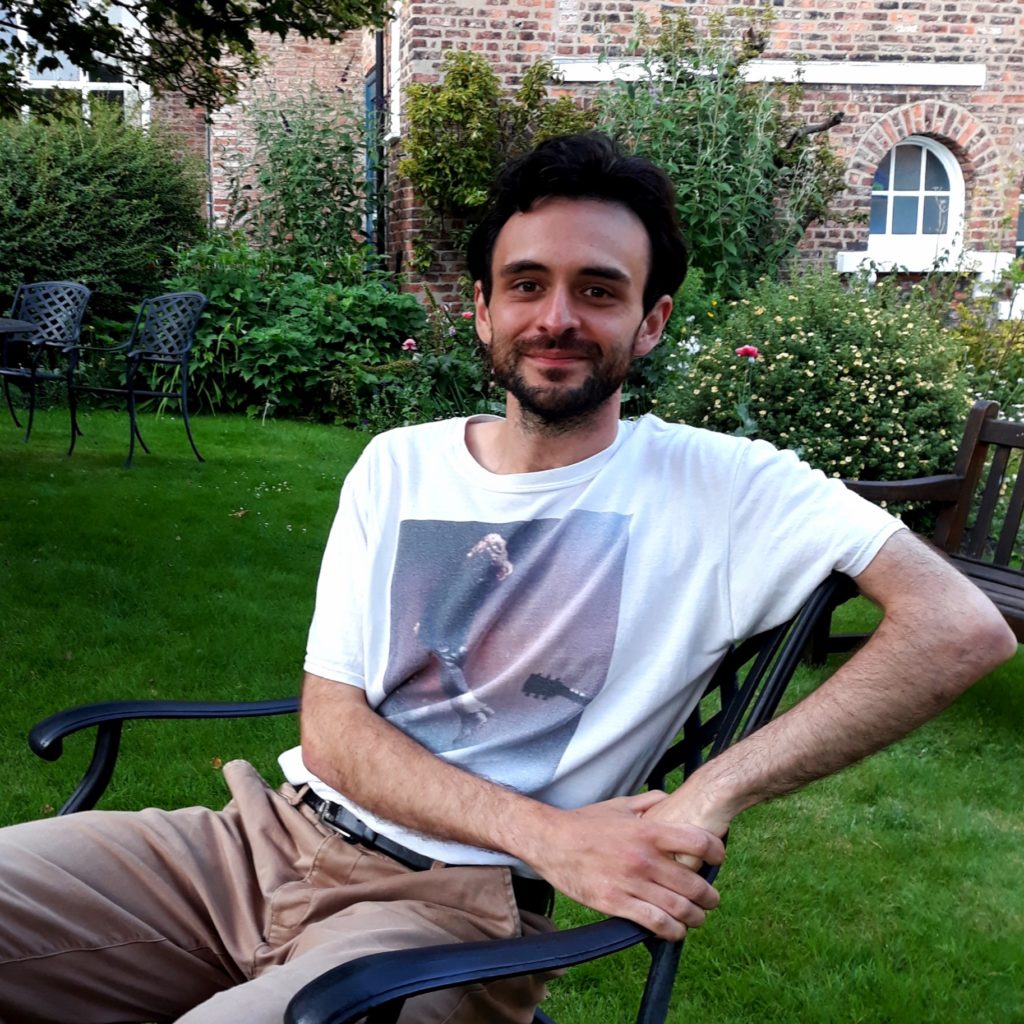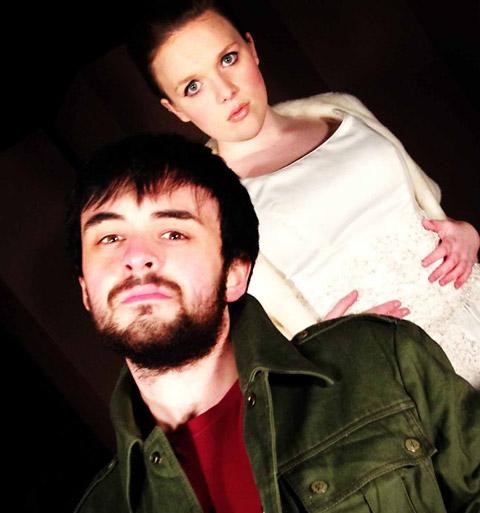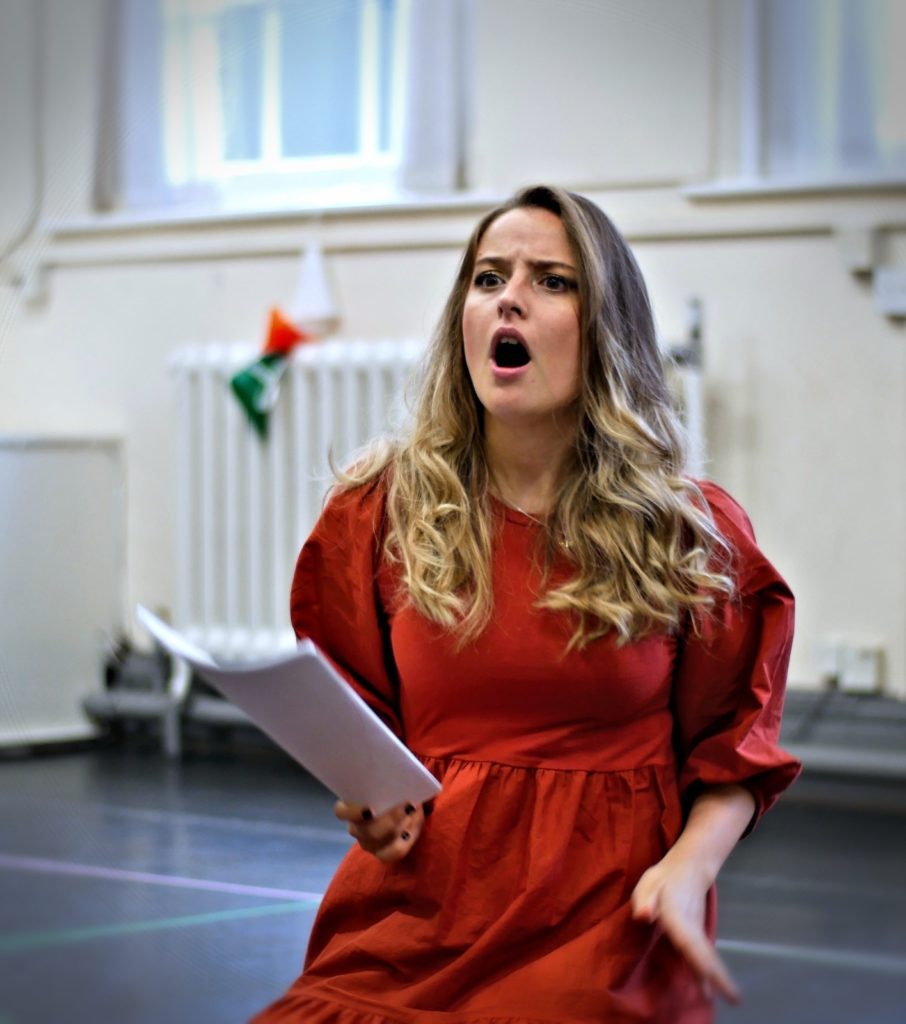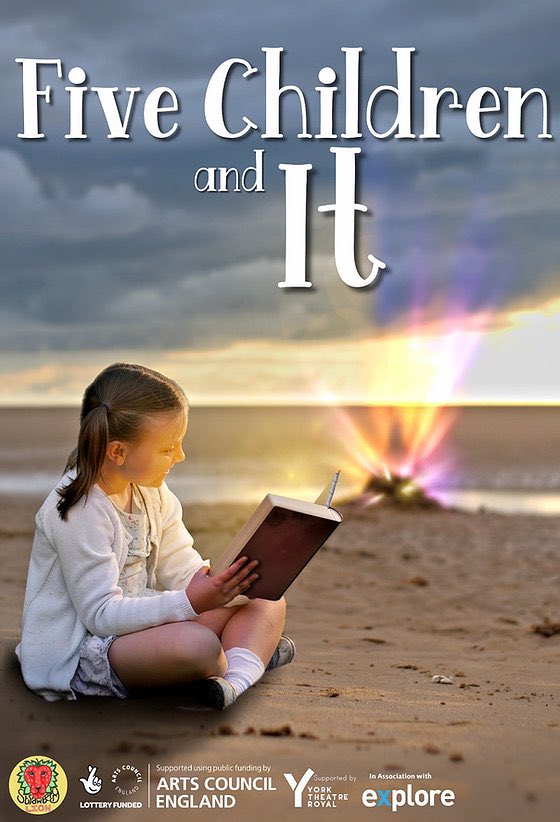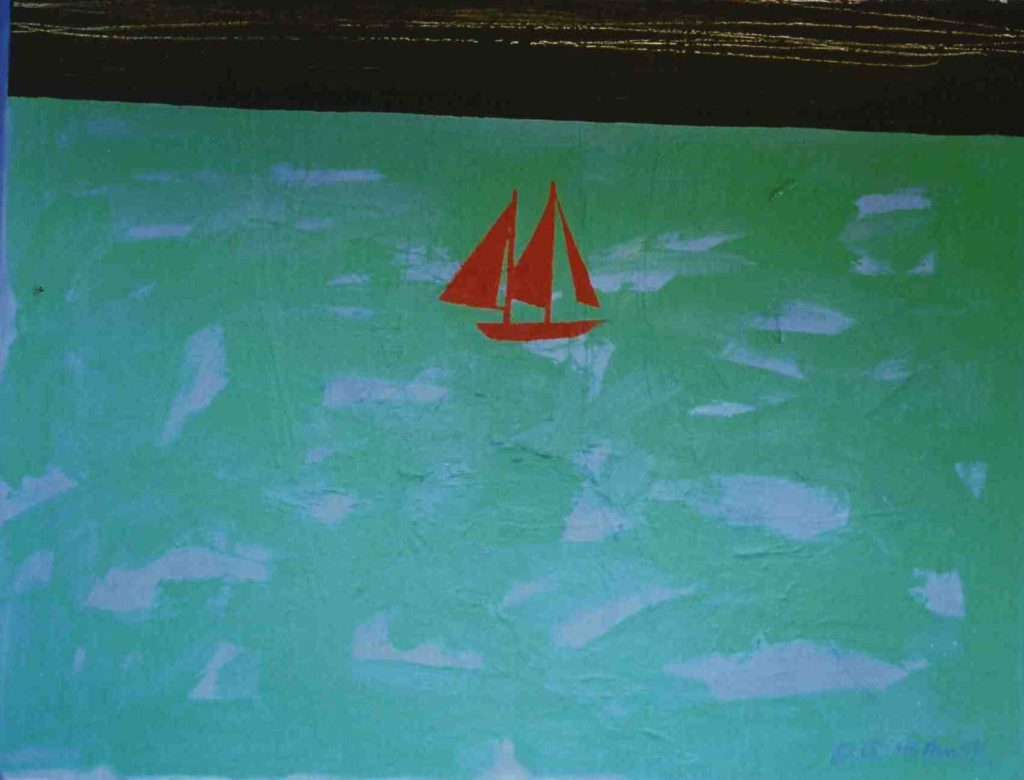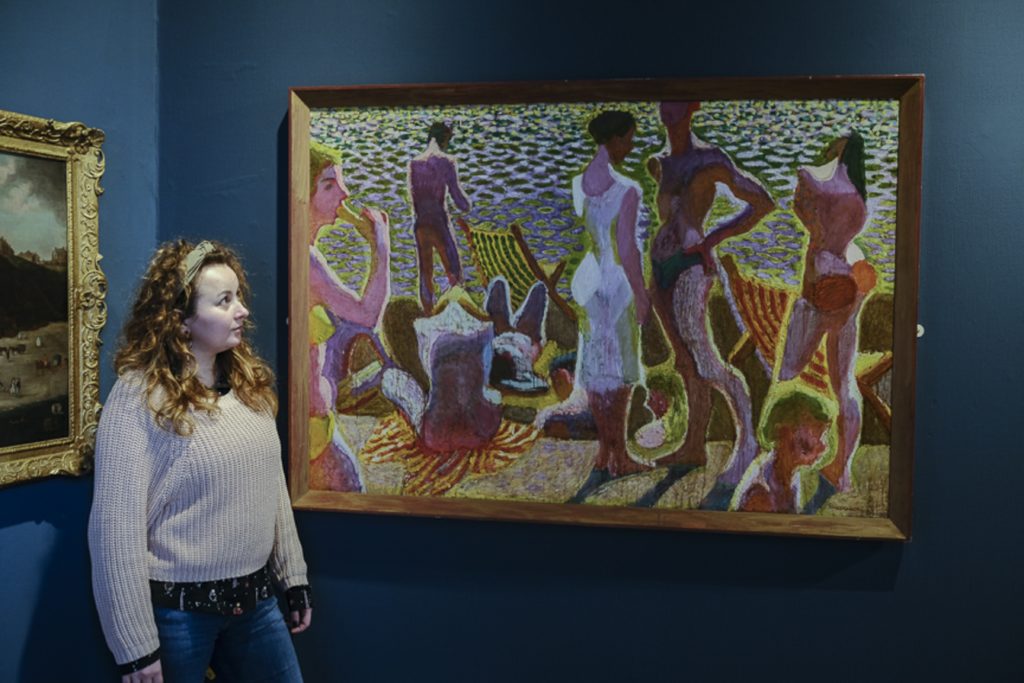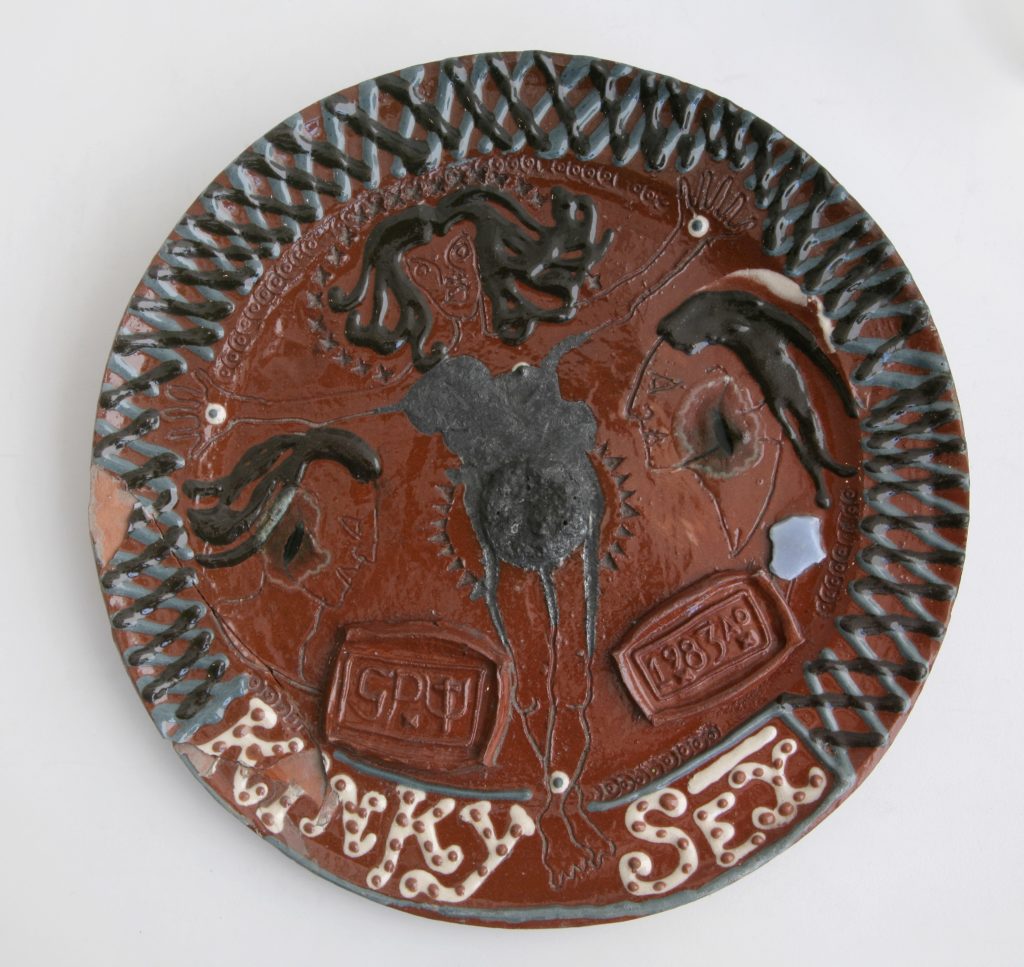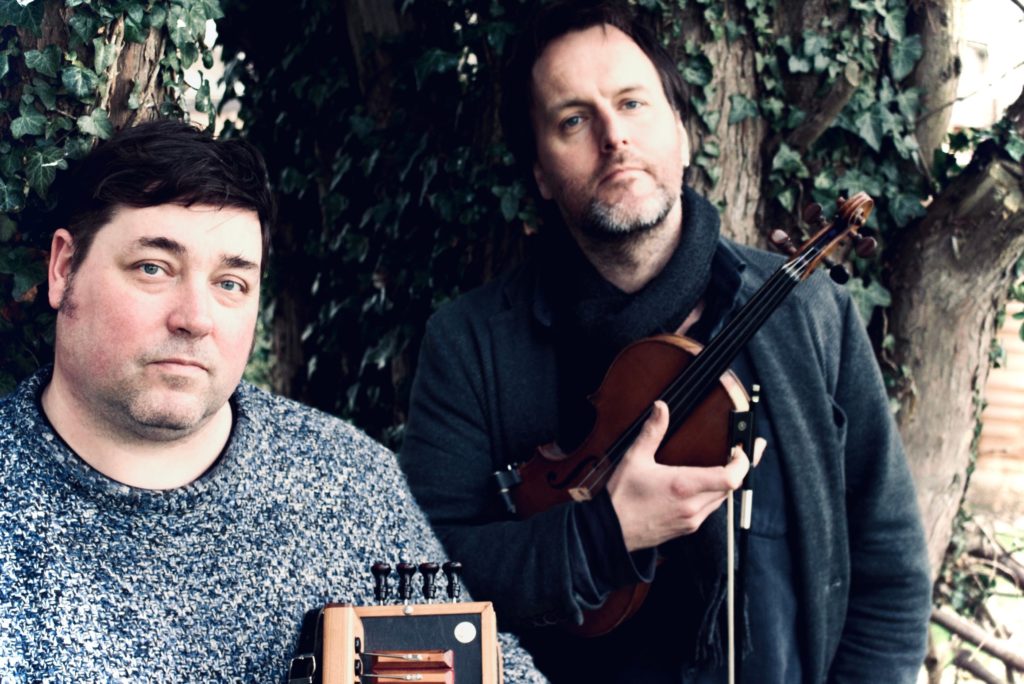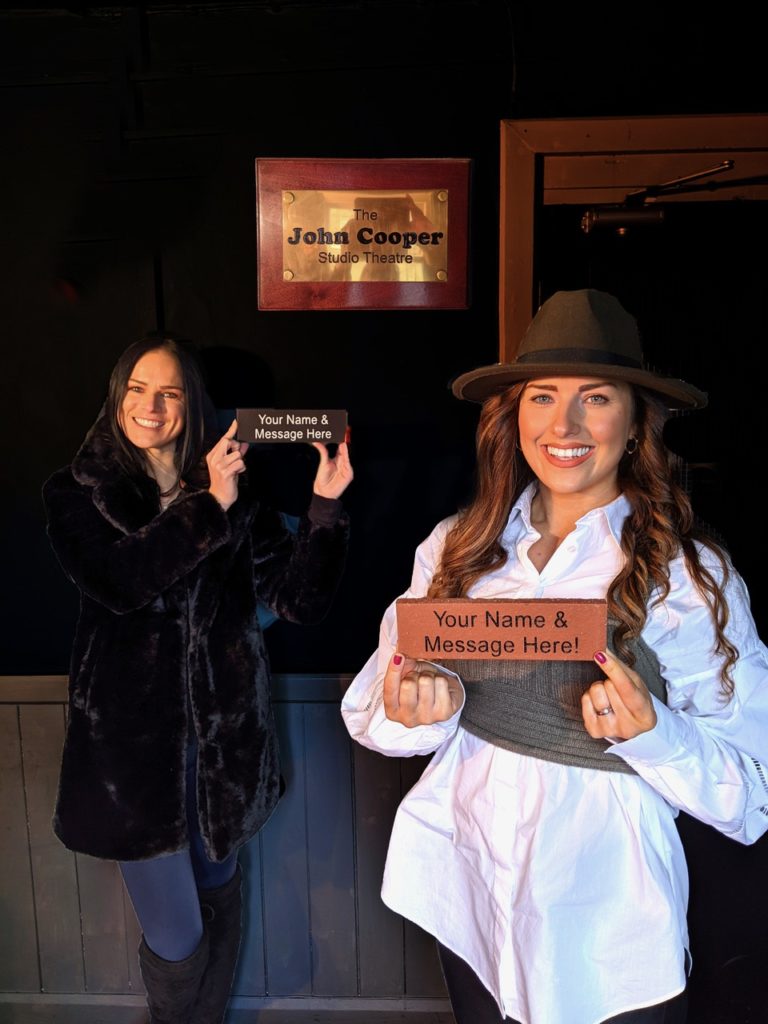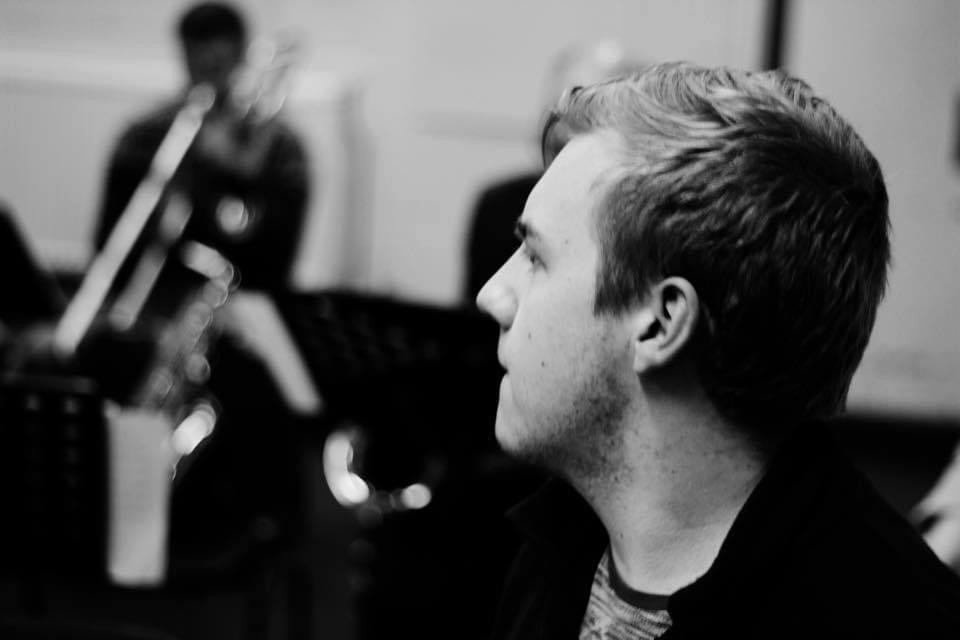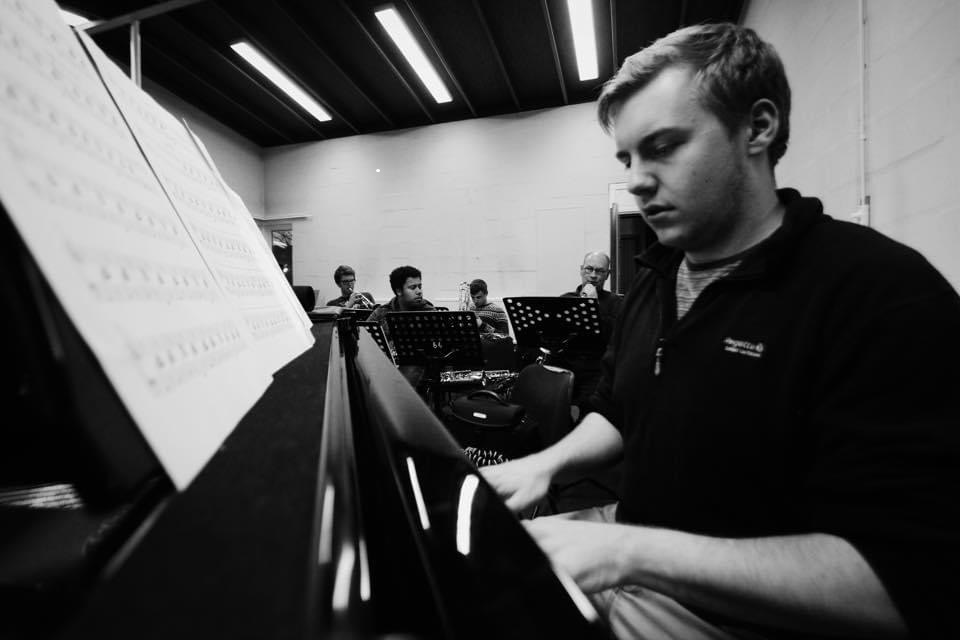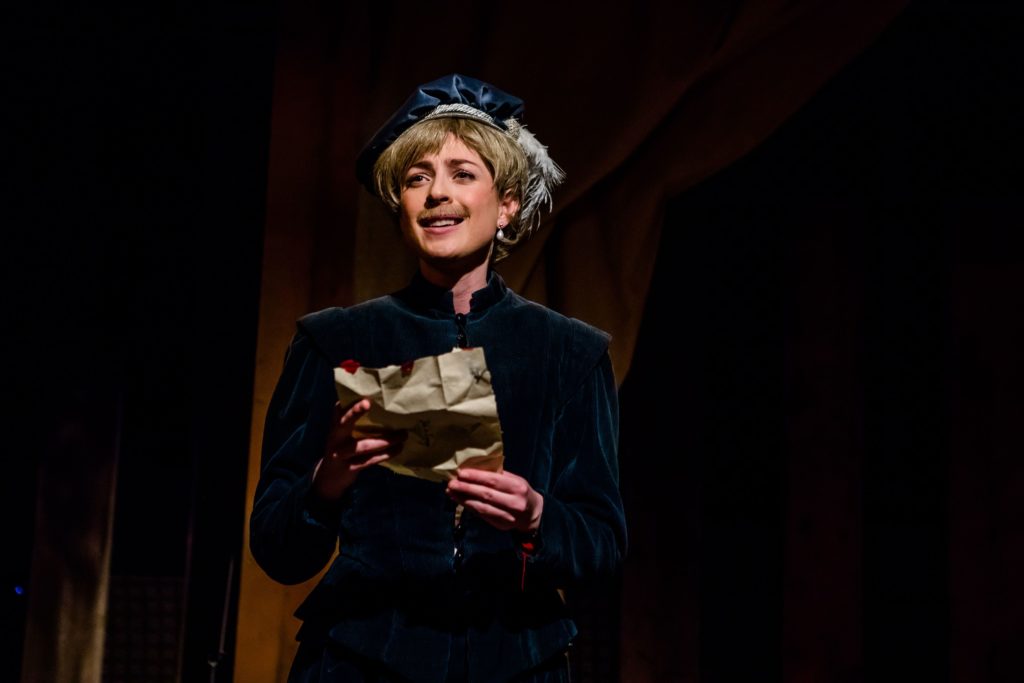
SHAKESPEARE In Love was a film about theatre, as much as it was about love. Now it is a play about theatre, with even more theatre in it, more Marlowe as well as Shakespeare, as much as it is still about love.
It makes perfect sense to transfer the period rom-com from screen to its natural bedfellow, the stage, and who better than Lee Hall to effect that transition.
For the north-eastern mining and dancing drama Billy Elliot, he adapted his own screenplay; this time, he makes merry with Tom Stoppard and Marc Norman’s boisterous and romantic script for John Madden’s 1999 award-winner, ruffing it up to the neck in Shakespeare in-jokes, but not roughing up its sophisticated wit.
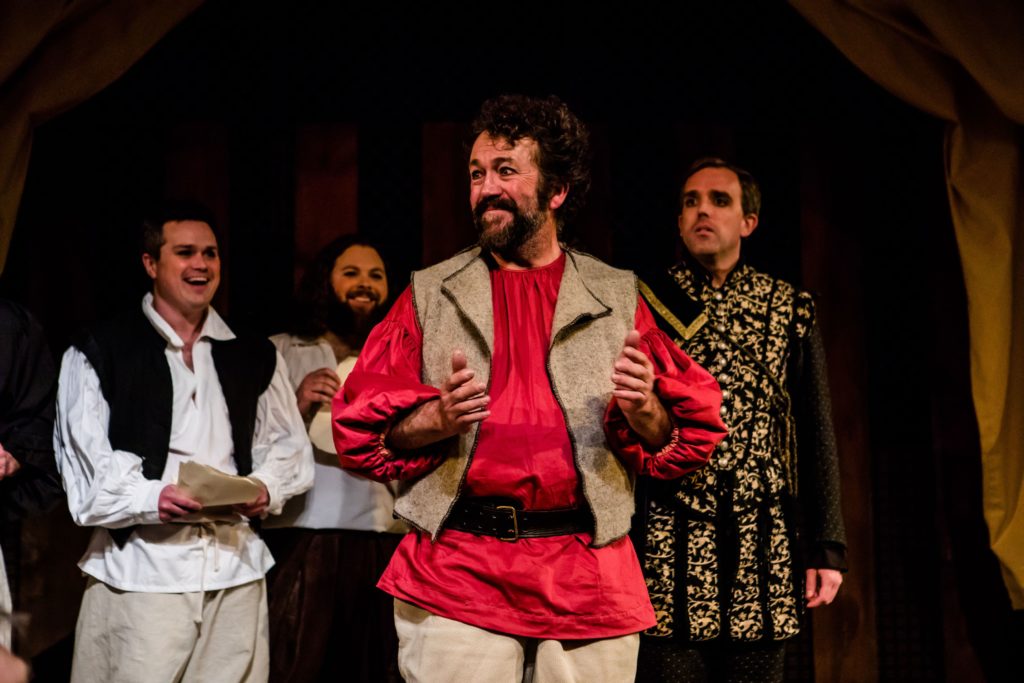
Pick Me Up Theatre’s always quick-off-the-mark founder, Robert Readman, was typically speedy to pick up the rights to Shakespeare In Love for the York company’s tenth anniversary, whereupon a series of spot-on decisions were made.
First, appoint Bard buff and Pick Me Up ace card Mark Hird to direct the rollicking romp. Second, bring George Stagnell back to the York stage to play the title role. Third, talent-spot Swedish-born Sanna Jeppsson in York Settlement Community Players’ The 39 Steps (even when it fell at the first step, called off through cast illness after one night last November).
Four, utilise Readman’s skills, not only as producer and designer/builder, but also his dormant love of performing. When you need a thick slice of ham to play larger-than-life Elizabethan actor Ned Alleyn, “prince of the provinces”, who you gonna call? Why, Mr Readman, of course, tapping into his inner plummy Simon Callow.

Readman has conjured an end-on, raised stage built for the outdoors, but no less suited to the John Cooper Studio’s black box, with its echoes of Shakespeare’s Globe or the Rose; decorative flowers; curtains to cover amorous going-ons behind, and traps for hasty exits and entries.
Ensemble cast members sit beside the stage apron, watching the action when not involved. On a mezzanine level, musical director Natalie Walker and Royal College of Music student Tom Bennett are playing Paddy Cunneen’s gorgeous score.
Hird’s company looks the Elizabethan part too, Readman’s costume brief requiring hires from the Royal Shakespeare Company, no less, as well as York Theatre Royal and Leeds Playhouse, plus ear studs and earrings aplenty (for the men).
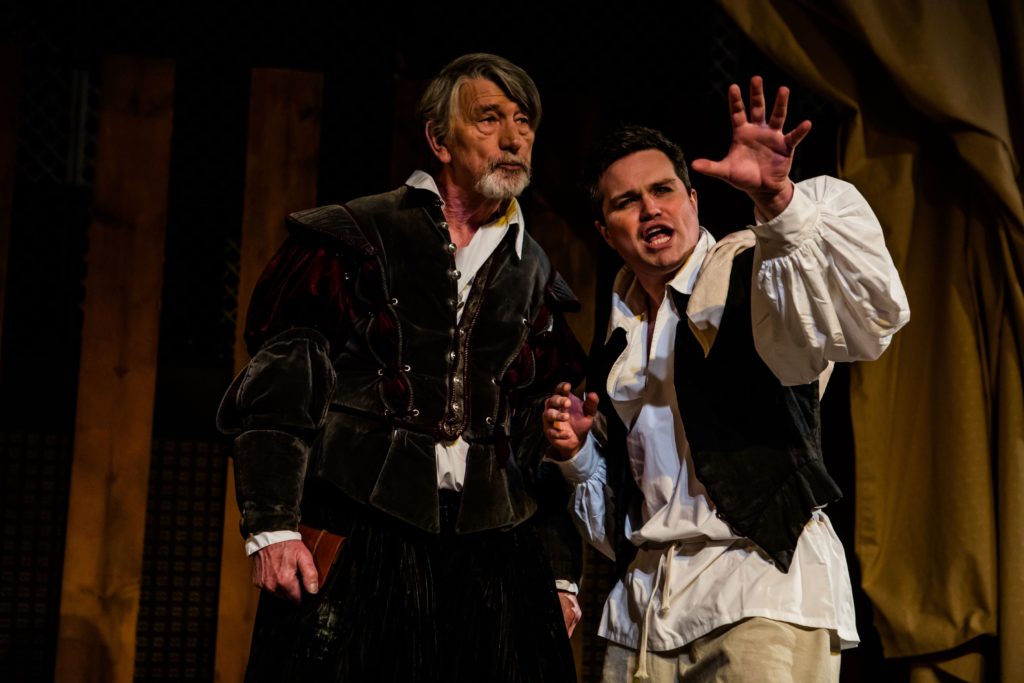
Praise too for Emma Godivala and York College’s work on hair, fake moustaches and make-up, especially for Jeppsson when taking the guise of young actor Thomas Kent.
The make-up for the men is deliberately heavy, in keeping with Shakespeare’s day, but everything else is conducted with a delightfully light touch under Hird’s direction, where the next scene chases the previous one off the stage, such is the gleeful urgency to crack on with such a cracking plot replete with cross-dressing, swordplay and backside-biting puppetry (courtesy of Elanor Kitchen’s Spot the Dog).
The only slowness is in the pace of lines coming to Shakespeare’s quill, surrounded by the company of actors awaiting the next play of his still fledgling career, outshone by dashing, daring Kit Marlowe (Adam Price), amusingly providing his young friend (Stagnell’s Will) with all his best lines.
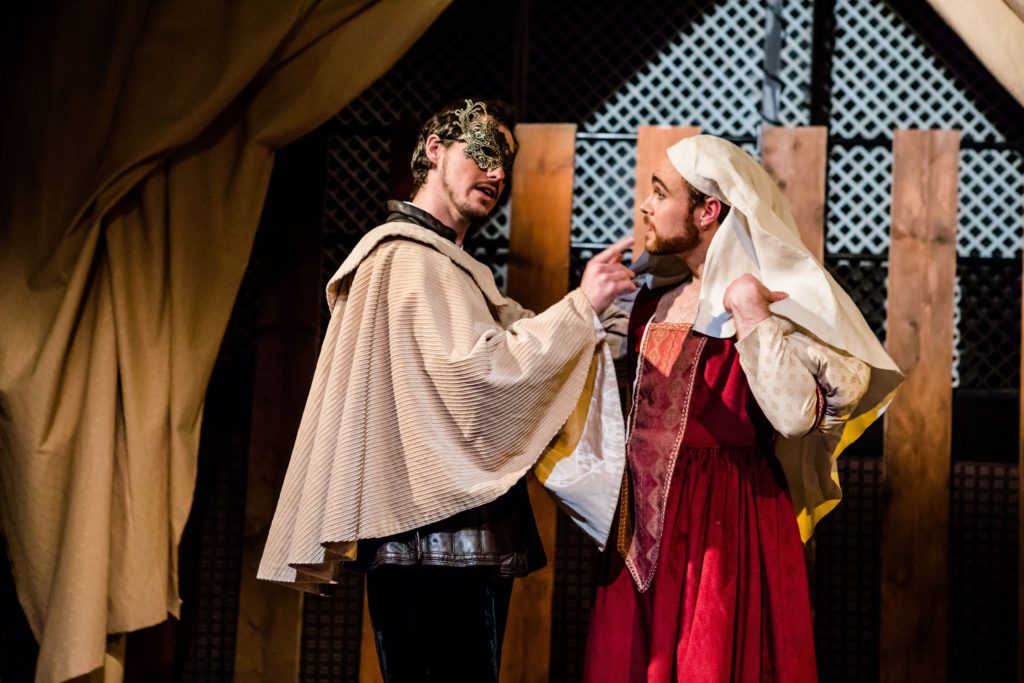
Theatre bosses Henslowe (Ian Giles) and rival Richard Burbage (Tony Froud) are vying for Shakespeare’s services; theatre backer “The Money” Fennyman (Andrew Isherwood) keeps applying the financial squeeze, often with menaces; Tilney (Neil Foster), the supercilious Lord Chamberlain with the insufferable killjoy manner of Malvolio, is determined to shut down theatres, whatever excuse he can find.
Queen Elizabeth (Joy Warner) wants a dog to have its day in every play; Guy Wilson’s John Webster just wants a chance; Shakespeare needs a muse. Enter Jeppsson’s Viola de Lesseps, alas promised to the ghastly Lord Wessex (Jim Paterson) against her wishes. Viola is banned from the stage under the rules, but takes the dangerous step of performing as Thomas Kent, and what a performer he/she is.
Viola’s amusing West Country Nurse (Beryl Nairn) becomes the template for that very character in Romeo & Juliet, and as Shakespeare’s work in progress changes from comedy to tragedy, Alleyn plays Mercutio, fabulously outraged at being killed off so early.

Shakespeare In Love gives us a developing play within a play, and while it helps to have some knowledge of Shakespeare, Christopher Marlowe, Burbage et al, it echoes Blackadder in having such fun with a period setting and re-writing history, here imagining how Romeo & Juliet and in turn Twelfth Night may have emerged.
What’s more, Stagnell and Jeppsson are a delight in the swelling love story, as well as in delivering Shakespeare’s lines when called on to do so.
Terrific performances abound around them, especially from Price, Isherwood, Paterson and Wilson, a young talent with a gift for physical comedy in the Marty Feldman and Tony Robinson tradition, while Warner’s cameos as Queen Elizabeth are a joy too.
To cap it all, Sam Hird and Tom Bennett’s performance of an Elizabethan ballad is beautiful, typical of a swashbuckling performance that is a palpable hit in every way. If you love theatre, this play is why you do. If you don’t, go anyway and be converted. Tonight until Friday’s shows have sold out but tickets are still available for 2.30pm and 7.30pm on Saturday at tickets.41monkgate.co.uk.
Review by Charles Hutchinson
